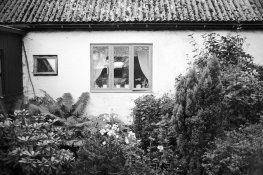If you want the best of ANY film, you expose it according to what the lighting scenario is.
In normal contrast lighting, the ISO box speed of the film is usually fine.
In high contrast lighting, where you are trying to compress the tonal scale so that your photo paper can see all of the tones, you want to over-expose and under-develop.
In low contrast lighting, where you try to stretch the tonal scale so that you don't just use a small portion of the film and paper tonal scale, you want to under-expose and over-develop.
The box speed of a film is a recommendation for normal contrast lighting.
Now let's take this one step further. I routinely expose Fuji Neopan Acros 100 at 400, and Kodak TMax 400 at 1600 or 800, all in order to get my prints to look a certain way. With a developer like Xtol 1+1, I can very closely resemble the tonal scale of Kodak Tri-X 320, a film designed for studio and portrait use, which has been discontinued in all formats except sheets. It works, and it works really well. And the funny thing is that I don't lose much shadow detail, it just gets placed on the toe of the film curve, which means that I get less separation in the shadow details. For me, that is not a sacrifice, but it is how I want the print to look.
All films will be good at box speed. If you like how they look when you expose them that way.








 )
)


